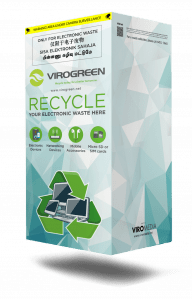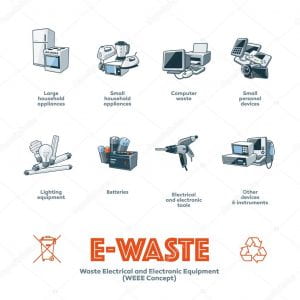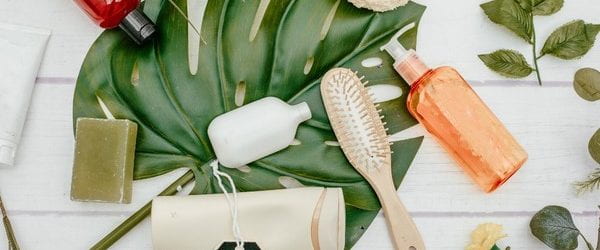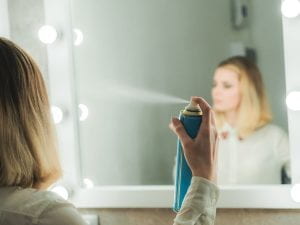Building on what has been mentioned by Eliza, we started this blog with the aim to raise awareness about environmental pollution, and how our consumerist lifestyle is the culprit for all these environmental problems we see (or may not) today. We centred our discussion on various themes – from food, fashion and beauty products to domestic cleaning agents and then e-wastes. Of course, there are other modes of consumption that results in environmental pollution – and here is where you come in. Do let the end of our weekly updates stop you from knowing more about environment pollution. It is now your turn to find out more about environmental pollution! Do send us a link if you decide to blog on it too.
I mentioned at the start of our blog that I was not an environment-conscious individual, and I aim to go on a journey of discovery through this blog. Let me tell you, I TOTALLY DID. Through blogging, it got me to realise that consumerism is the bane of the environment. And I, as a consumerist, has been building my joys upon the pain of Mother Earth. This may sound a bit serious but it seems like almost every action of the present-day human being brings harm to the environment. We pollute the environment, even without knowing that we did!
Well, I am not saying we need to overthrow consumerism or capitalism, my point is that people need to start realising the costs of their actions and build up a collective resolve to save our very sick Mother Earth. We can start by changing our habits – just like how Eliza suggested. Let’s take baby steps together and start making a change!
And as we come to the very last post of our blog, I would like to thank you for being a constant reader to what we have got the share. I hope that we have ignited the eco-consciousness in you, just as it has for me. I would also like to thank Eliza for being an amazing blogging partner, and for being so passionate about making the environment better. You are sure the favourite child of Mama Earth.















